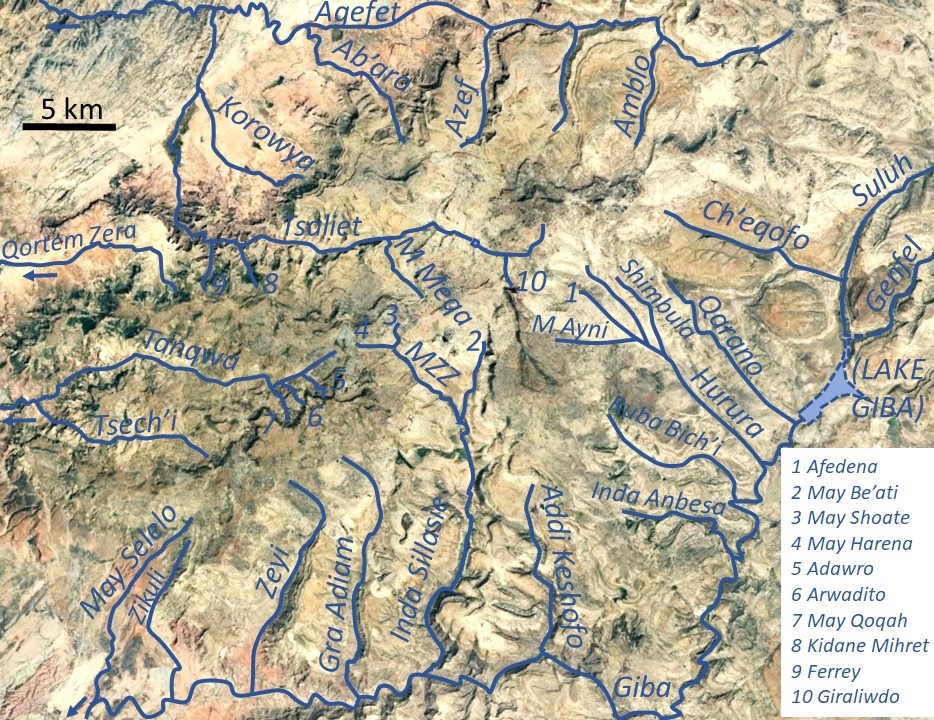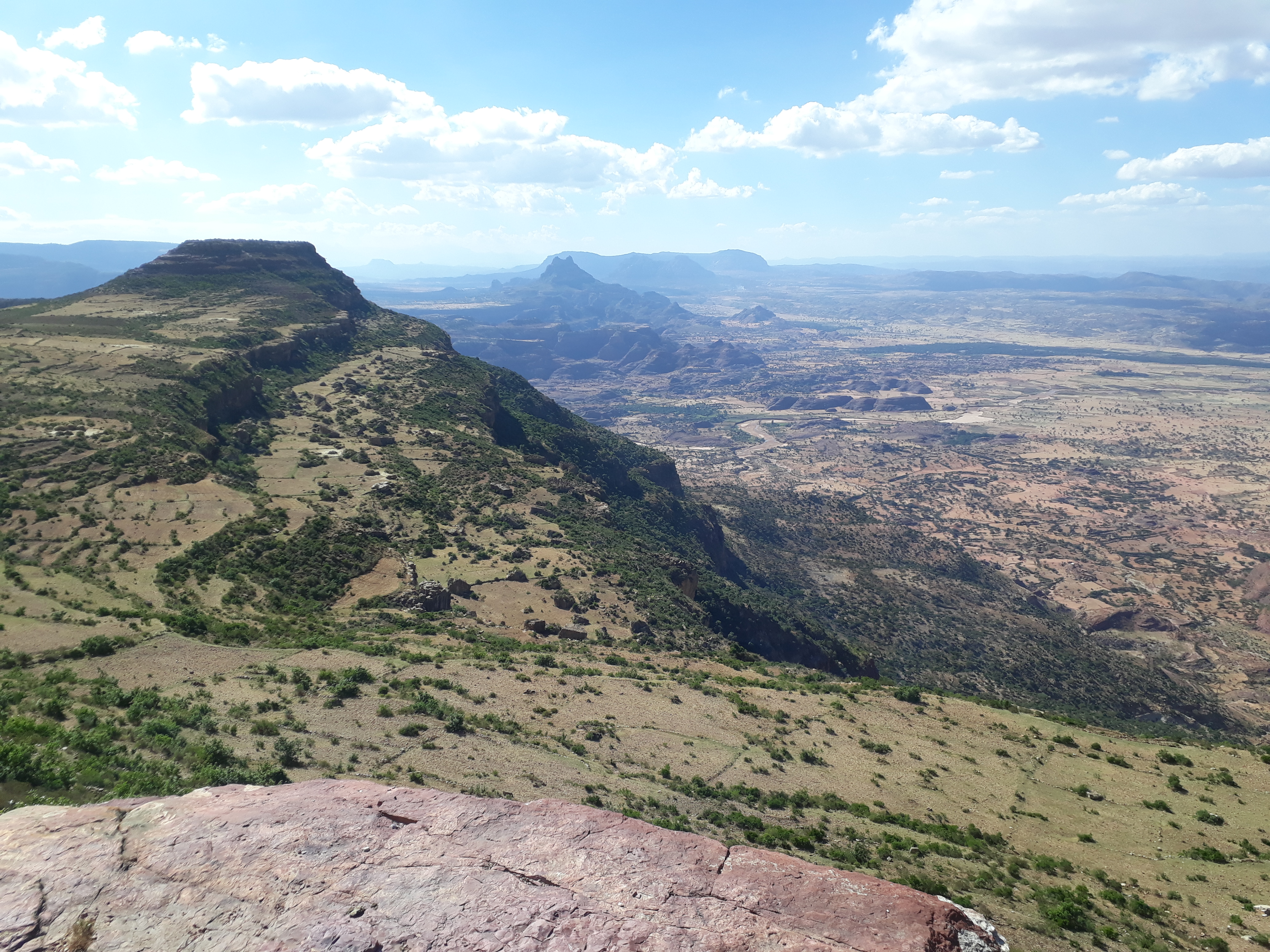Korowya on:
[Wikipedia]
[Google]
[Amazon]
The Korowya is a river of the 
 Runoff mostly happens in the form of high runoff discharge events that occur in a very short period (called
Runoff mostly happens in the form of high runoff discharge events that occur in a very short period (called
Nile
The Nile (also known as the Nile River or River Nile) is a major north-flowing river in northeastern Africa. It flows into the Mediterranean Sea. The Nile is the longest river in Africa. It has historically been considered the List of river sy ...
basin. Rising in the mountains of Dogu’a Tembien
Dogu'a Tembien (, "Upper Tembien", sometimes transliterated as Degua Tembien or Dägʿa Tämben) is a districts of Ethiopia, woreda in Tigray Region, Ethiopia. It is named in part after the former province of Tembien Province, Tembien. Nowadays, ...
in northern Ethiopia
Ethiopia, officially the Federal Democratic Republic of Ethiopia, is a landlocked country located in the Horn of Africa region of East Africa. It shares borders with Eritrea to the north, Djibouti to the northeast, Somalia to the east, Ken ...
, it flows westward to empty finally in the Weri’i and Tekezé River
The Tekezé River (; , originally meaning "river" in Ge’ez; , also spelled Takkaze; ), is a major river in Ethiopia. For part of its course it forms a section of the westernmost border of Ethiopia and Eritrea. The river is also known as the Seti ...
.

Characteristics
It is ameander
A meander is one of a series of regular sinuous curves in the Channel (geography), channel of a river or other watercourse. It is produced as a watercourse erosion, erodes the sediments of an outer, concave bank (cut bank, cut bank or river cl ...
ing stream in a semi-confined alluvial plain, with an average slope gradient of 31 metres per kilometre.
Flash floods and flood buffering
 Runoff mostly happens in the form of high runoff discharge events that occur in a very short period (called
Runoff mostly happens in the form of high runoff discharge events that occur in a very short period (called flash floods
A flash flood is a rapid flooding of low-lying areas: washes, rivers, dry lakes and depressions. It may be caused by heavy rain associated with a severe thunderstorm, hurricane, or tropical storm, or by meltwater from ice and snow. Flash fl ...
). These are related to the steep topography, often little vegetation cover and intense convective rainfall. The peaks of such flash floods have often a 50 to 100 times larger discharge than the preceding baseflow
Baseflow (also called drought flow, groundwater recession flow, low flow, low-water flow, low-water discharge and sustained or fair-weather runoff) is the portion of the streamflow that is sustained between precipitation events, fed to streams by d ...
.
The magnitude of floods in this river has not been decreased due to interventions in the catchment. Physical conservation structures such as stone bunds and check dam
A steel check dam
A check dam is a small, sometimes temporary, dam constructed across a swale, drainage ditch, or waterway to counteract erosion by reducing water flow velocity. Check dams themselves are not a type of new technology; rather, t ...
s are few and insufficient. On many steep slopes, there are remnant forests; the dense vegetation contributes to enhanced infiltration, but cannot buffer the floods.
Irrigated agriculture
Irrigation is strongly dependent on the river's baseflow. Such irrigated agriculture is important in meeting the demands for food security and poverty reduction. Irrigated lands are established in the lower alluvial plains of Korowya River, and near springs at the headwaters.Boulders and pebbles in the river bed
From upstream to downstream, the following lithological units occur in the catchment. * Lower basalt *Amba Aradam Formation
The Amba Aradam Formation is a Cretaceous sandstone formation in Ethiopia. It is up to 200 metres thick, for instance in the Degua Tembien district. As fossils are absent, the age of the Amba Aradam Formation was interpreted based on the age of as ...
* Antalo Limestone
The Antalo Limestone, also known as the Antalo Sequence, is a geological formation in Ethiopia. It is between 300 and 800 metres thick and comprises fossiliferous limestones and marls that were deposited in a reef. Marine microfossils have shown ...
* Adigrat Sandstone
The Adigrat Sandstone formation in north Ethiopia, in a wide array of reddish colours, comprises sandstones with coarse to fine grains, and locally conglomerates, silt- and claystones. Given the many lateritic palaeosols and locally fossil woo ...
Mostly the river bed is composed of sand, but one may find some pebbles, representing a mix of all lithologies crossed by the river.
From upper to lower Tembien
During its course, this river passes through two woredas. On the various parts: * The headwaters are inDogu’a Tembien
Dogu'a Tembien (, "Upper Tembien", sometimes transliterated as Degua Tembien or Dägʿa Tämben) is a districts of Ethiopia, woreda in Tigray Region, Ethiopia. It is named in part after the former province of Tembien Province, Tembien. Nowadays, ...
* Most of the lower plain is in Kola Tembien
Kola Tembien (, "Lower Tembien") is a woreda in Tigray Region, Ethiopia. It is named in part after the former province of Tembien. Part of the Mehakelegnaw Zone, Kola Tembien is bordered on the south by Abergele, on the west by the Tekezé River ...
Trekking along the river
A trekking route has been established along this river. The tracks are not marked on the ground but can be followed using downloaded .GPX files. * Trek 21, along and parallel to Korowya River In the rainy season, flash floods may occur and it is advised not to follow the river bed. At times it may be impossible to cross the river in the rainy season.See also
*List of Ethiopian rivers
This is a list of streams and rivers in Ethiopia, arranged geographically by drainage basin. There is an alphabetic list at the end of this article.
Flowing into the Mediterranean
*''Nile (Egypt, Sudan)''
Atbarah River
* Mareb River (or ...
References
{{reflist Rivers of Ethiopia Dogu'a Tembien Tigray Region Nile basin